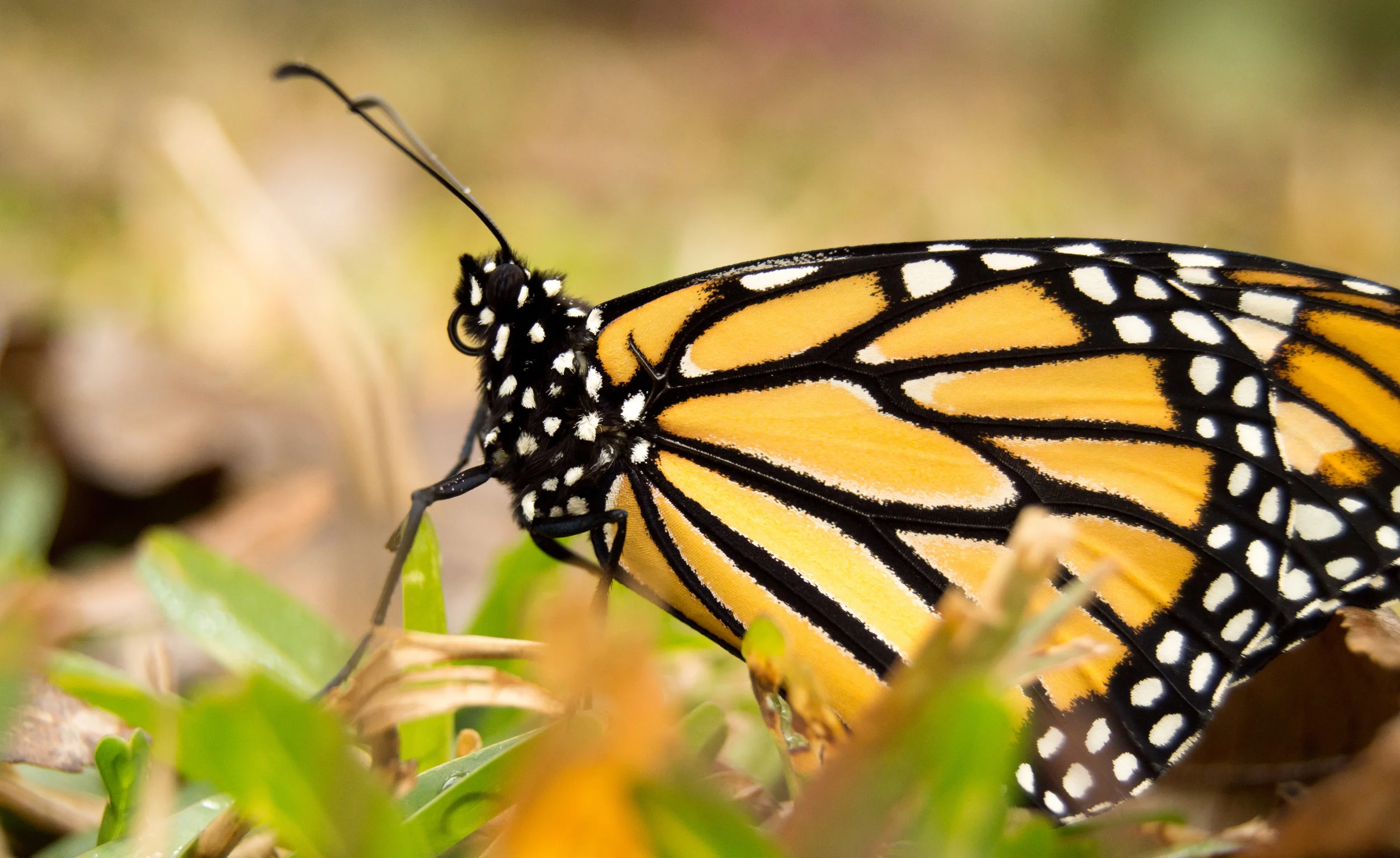On foxes, building blocks, and the behavior of mice
/One of the great benefits of being on Washington Island is our proximity to the natural world. We have the privilege of hiking through the deciduous forests and discovering the tiny kingdoms of mushrooms. We have the privilege of watching sandhill cranes strolling through the fields snacking on worms, grasshoppers, frogs, and other small animals. To see monarch caterpillars munching on milkweed. We have the privilege of being neighbors to the fox as it slink across the road at dusk and, if we are lucky, to hear their strange bark. Poet Alice Oswald described her eavesdropping of a fox like this:
I heard a cough
as if a thief was there
outside my sleep
a sharp intake of air
a fox in her fox-fur
stepping across
the grass in her black gloves
barked at my house
hungrily asking
in the heart's thick accent
Washington Island is home to two kinds foxes, red and gray. Gray foxes are particularly notable because they are one of only two canines in the world that have the ability to climb trees using their semi-retractable claws.
Both kinds of foxes are considered small predators, meaning they hunt mice and other smaller mammals. As other articles in the Observer have noted, this role is an important niche in our ecosystem.
A new study out of Denmark, Cascading effects of predator activity on tick-borne disease risk, sought to learn why there is a relationship between mice, fox, and lyme disease. For two years, Dr. Hofmeester studied the concentration of ticks found on mice and tested them for the disease-causing bacteria in areas where small predators, like the fox, were protected versus areas where the fox were heavily hunted.
He found that in areas that were home to small predators, mice had 10-20 percent as many newly hatched ticks on them compared to mice in habitats without many predators. Further, the density of Lyme-disease-carrying ticks on these mice also decreased by a significant margin (15 percent of the area with fewer predators).
Interestingly, the prevalence of foxes and other small predators did not decrease the number of mice but rather changed their behavior. Mice with predator pressure curtail their movement, which Dr. Hofmeester suggested decreases their availability to be host to questing ticks. If mice curtailed their movements, larval ticks might feed on other birds or mammals or uninfected hosts that would not carry the disease to humans. Or better yet, perhaps ticks would not find that first bloodmeal at all.“The predators appear to break the cycle of infection,’’ said Dr. Hofmeester as quoted in the recent New York Times article, “Lyme Disease’s Worst Enemy? It Might Be Foxes.”
All of this reminds me of my seventh grade science class where we built a large pyramidal structure out of blocks; each block represented a plant or animal in an ecosystem. Then the teacher asked us to start removing certain blocks—species that had gone extinct or were removed from our immediate surroundings. As we took away certain species of plants, insects, or animals, the structure became less and less sturdy until it eventually collapsed with a great thunder.
As we were picking up the blocks, one of my classmates found a block with the word “humans” written on it. As fear crept into our little seventh-grade hearts, our teacher assured us that our ecosystem was not yet close to complete and utter collapse like our tower of blocks, but that it was important to note that humans were a part of our ecosystem. We are not outside the natural world, but part of it.
With this idea in the forefront of my mind, I realize the need to rewrite the opening of this article: “One of the great benefits of being on Washington Island is our proximity to the natural non-human world.” We have the privilege of seeing how our actions directly impact our neighbors, the mice, the foxes, the ticks, the birds, and the humans.
By describing the fox as “hungrily asking / in the heart's thick accent,” poet Alice Oswald reinforces this idea of interconnectedness for me. I feel a longing in my own heart for something just as hard to describe as the eerily human-dog sounds of a fox’s bark.

